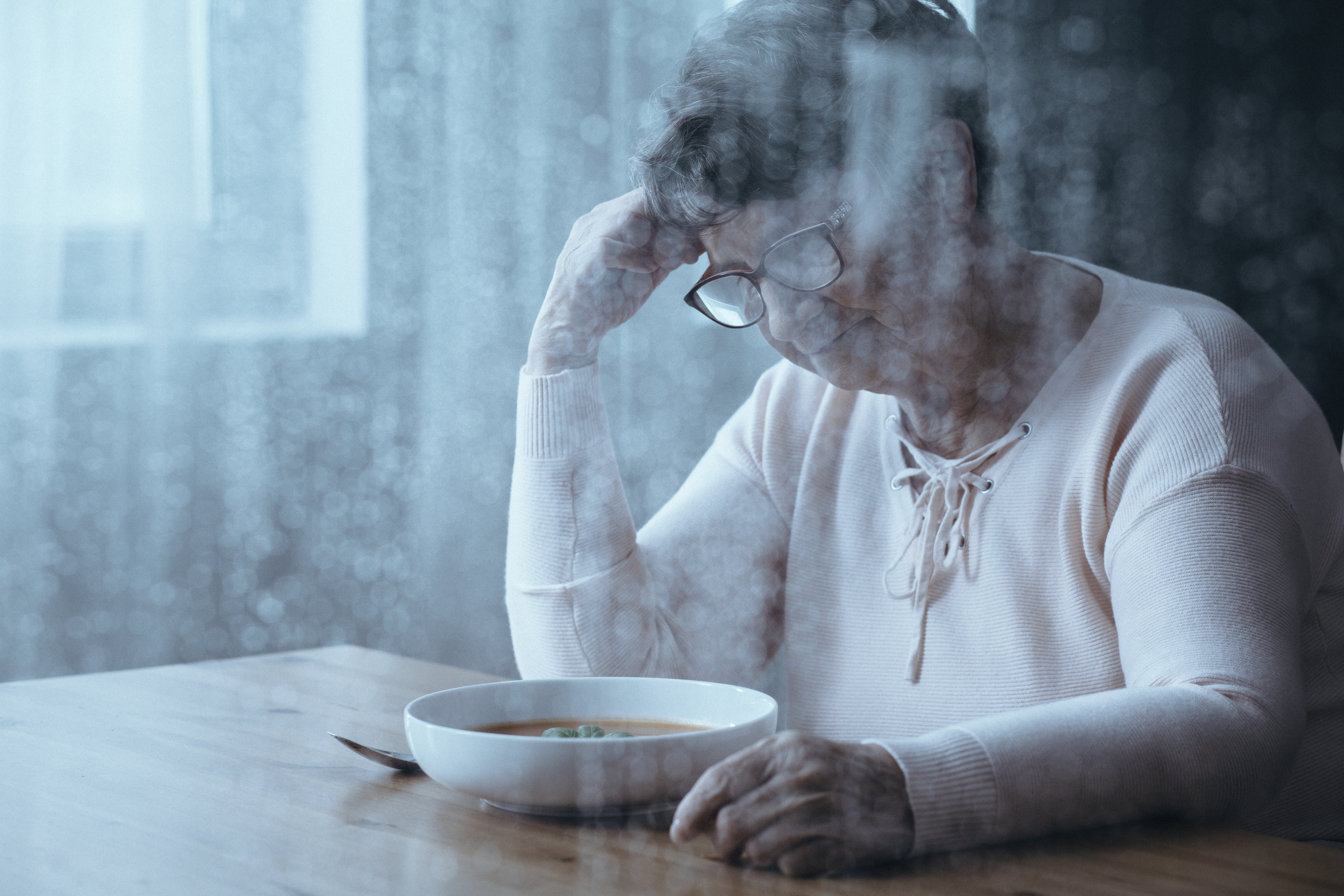The death of a spouse, especially after decades living alongside one another, is a tremendous adjustment for widows. And for many, shopping for groceries, preparing meals and eating trigger a renewed sense of loss at every turn. Older spouses who have been together for many years develop a kind of short-hand for daily living, and often the rituals of everyday life carry on in the kitchen and at the table. As a result, many widows avoid healthy meal preparation because it reminds them sharply of what they have lost, and because eating is very often a social event, cooking for one hardly seems worth the effort. A bowl of soup or cereal will suffice.
But because of what we know about the important role a healthy diet plays in disease prevention and well-being, more attention is being paid to the connection between cooking and mealtime and the processing of grief. According to a recent New York Times article, a 2016 study addressing the association between grieving and food gave rise to a support group to help widows not only learn to cook and shop for one, but also to share in the preparing of food and sit down to a meal with others who understand your loss.
Culinary Grief Therapy helps those who have experienced the death of a loved one adjust to meal planning, grocery shopping and cooking for one. The Chicago-based program partners with a local community college culinary arts program and provides demonstrations and hands-on practice while participants receive bereavement counselling.
When someone loses a spouse or other close loved-one people often respond by dropping off food. But what many well-meaning friends and family may overlook is how isolating preparing meals and eating alone can be for a widow. Spending time together cooking a healthy meal is much more enjoyable, and so programs like Culinary Grief Therapy are catching on in community centers and bereavement groups. But addressing the pain and isolation of eating alone can also be addressed informally by starting a dinner club with friends, having a chef teach a class in your home with several pals or scheduling a food prep afternoon to make large portions of dishes that can be shared.






Add Your Voice
0 Comments
Join the Discussion